In his farmhouse located very close to Garneau’s factory, Louis Garneau tends to his beehives. This picturesque piece of land situated near Quebec’s St. Lawrence River in Canada is Louis’ sanctuary. “Business is a hard game,” he comments. “We all need a place to relax and take stock of the little moments”. As he pulls honey from the hive three times a year, he can’t help but be impressed at the singular focus of his bees and the scale of their achievement.
Louis has more in common with these bees than he realises.
Read Garneau’s brand story below or skip to our interview with Louis.
Humble beginnings
Someone who believes that defeat forges new beginnings can never be beaten. This is Louis’ attitude to life and business. He left Laval University, Quebec, Canada in 1983 with a degree in visual arts and a scholarship under his belt. And that same year, Garneau, along with his wife, Monique Arsenault, showcased their entrepreneurial spirit by setting up a mini factory in his parents’ garage.
“I was supposed to be a professor and an artist, but at the end of my studies I decided to start a company with my wife Monique. We were the first company in Canada to produce cycle wear in 1983. Before that, all this stuff came from Europe – from Italy, France, et cetera”. Garneau explains.
“We told ourselves if we could sell 12 jerseys and 12 shorts a month, we would survive. Monique was a nurse, and her salary covered our overhead. Everyone was surprised we were doing this. I didn’t expect to become a big businessman with 400 employees. I had no vision: I just wanted to make good cycling clothing.”
In this understated space in Saint-Augustin-des-Desmaures, Quebec, and with modest ambitions, Louis Garneau Clothing was born.
A legend set in motion
Garneau’s cycling career had exposed him to the elements, and although he emerged a better cyclist from the grueling athletic process, his gear did not. There was a distinct gap in the market for fitted, well-designed, and high-quality custom cycling apparel, and what was out there was unaffordable to many.
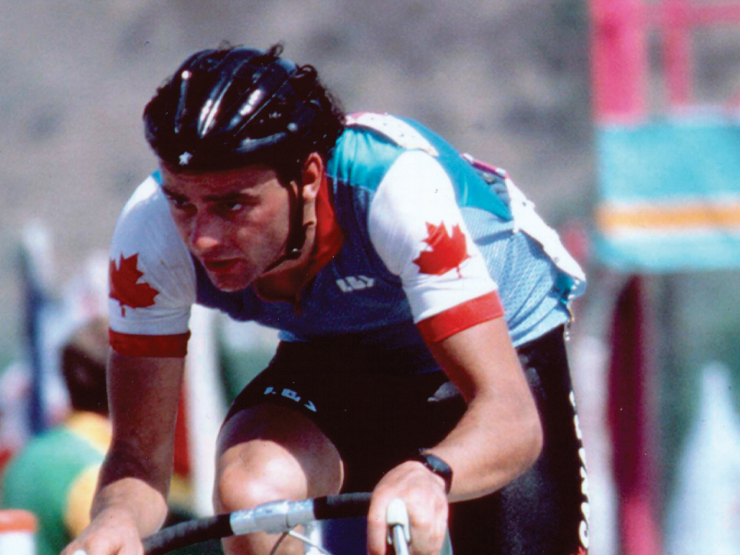
In 1984, Garneau, with his sights trained on Olympic glory, knew the importance and rarity of good kit in the cycling world.
Wool shorts and non-technical garments were a staple of the times for those who could afford them. These expensive pieces imported from Europe would cost around an eye-watering $80. This explains why Garneau himself often raced in garbage bags and dishwashing gloves for rain protection – a million miles away from the lightweight, protective and abrasion-resistant gear we know today.
Garneau created innovative designs that weren’t made unobtainable by a hefty price tag, “We had no experience, no business plan, and no money. What we did have was a good product at a competitive price. I think we survived because of our passion.” Garneau commented.
By the time he competed in the Men’s Road Race at the 1984 L.A. Olympics, the kit he and the rest of the Canadian team wore in the L.A. Games was among his first creations, sold from $25 apiece to his teammates.
This was the value of a good idea in its purest form, and so, from their humble location, Garneau and Monique were able to expand the company from two employees to 118 employees by 1988. The company grew into a 32,000 square foot building from a garage, transcending local distribution to national distribution throughout Canada.
Garneau today
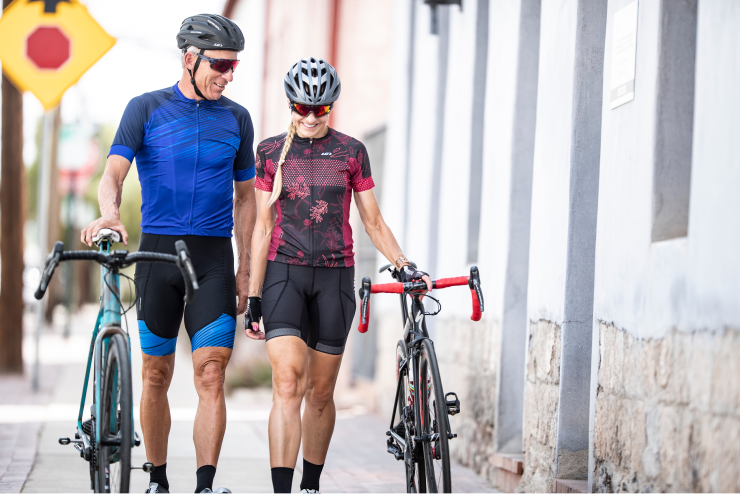
Garneau’s passion is instilled across its company values and designed into every product. The brand is on a mission to encourage every person, regardless of gender, background, shape, or size, to seek healthy, happy lives. And to empower their vision with action, they design high-quality product lines engineered for fit, durability, performance, and comfort: every item is emblematic of Garneau’s original aspirations.
This includes his custom-made approach. Garneau creates product lines that are tailored towards the granular needs of you as the cyclist, whether you’re a roadie, mountain biker, spinning enthusiasts, or triathlete, with the cross-functionality you need to spur your momentum on during other activities. With its slogan, “Live Your Dream,” a mantra rather than marketing, Garneau has set the pace and standard for other cycling brands to follow.
And now, thanks to its partnership with Brikl, Garneau is offering its customers a digital experience that reflects the quality and standard of its inherent values and products.
Nobody is more enthusiastic about Garneau’s future with Brikl than Louis Garneau himself: “We tried to create our own system in the past, but then we found Brikl, and it was exactly what we needed. Our goal was never to make a great system, but great product. Brikl allows us to focus on that.
“It’s also so easy to use – our customers love it – and it’s a next-generation system. That’s the way to work. I really see Brikl being integral to our success. I’m confident we have the best technology and we are all very proud of what we’ve managed to achieve with it. Plus, we have great support from the company – I’m just very happy”.
Brikl meets Louis Garneau
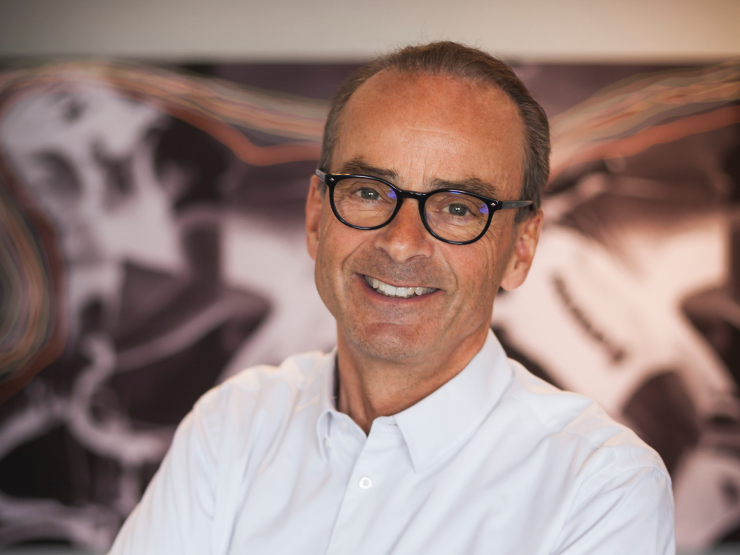
Louis, can you talk us through the company’s history?
We were the first company in Canada to produce cyclewear in 1983. Before that, all this stuff came from Europe, so it was a bold move on our part but one that paid off! Because everything was imported and specialist, there was also a level of affordability there. People who couldn’t afford the kit were riding in makeshift gear, wearing bin liners and such. The sport was about the passion of the rider and less about their comfort, but my wife Monique and I were determined to bridge the gap.
We started in my father’s garage in 1982. My wife was a nurse – we didn’t think about taking a salary during the first five years and relied solely on my wife’s nursing pay to keep us afloat.
That sounds very tough. You were also training for the Olympic Games during that period, so how did you manage to stay focused?
Yes, 1982-84 were really tough years! I’d bought a very old house in ’82, so I was preoccupied with the renovation, training for the Olympics, and setting up a business. I was selected for the ’84 Moscow Olympic Games with a Canadian team, but there was a boycott of the Americans at the time, so we didn’t go. I thought to myself, this isn’t over. I’ll try again in four years. But on July 29, 1984, I turned round to my wife and told her I just wanted to focus on the company.
I mean, I didn’t know it at the time, but this was a good example of what my life would be like after that. An entrepreneur has projects all the time, but focussing your attention and passion on one can pay off. Right now, we are the number one cyclewear brand in Canada and still in the top three in the USA. I want to make sure everyone knows our name.
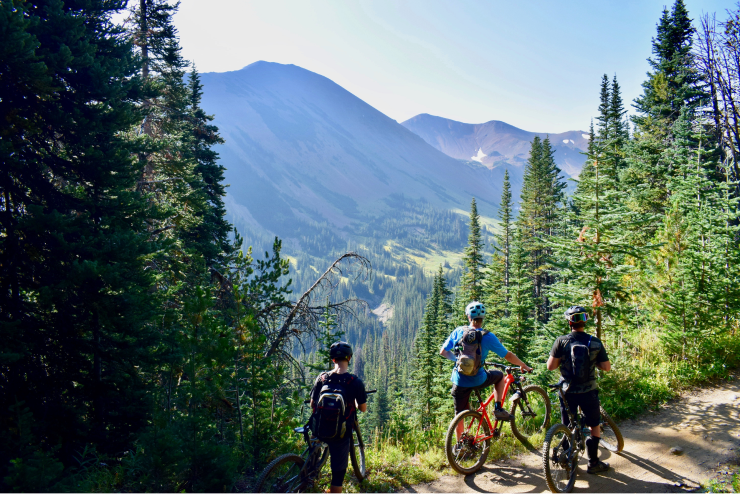
You talk a lot about how keeping your body in peak condition is important to driving the company forward.
What does this regime look like for you?
I eat very well. I sleep well. I train well. I don’t have a quiet life, but I have a lot of discipline. Throughout my life, I have never stopped training. If you are in good shape, if you’re healthy, you can have good and fruitful ambitions. It’s also super important because if you’re in good shape, you can better appreciate good kit – you’re better able to pay more attention to detail.
You spoke of your humble beginnings before – compared to what Garneau is now, it’s all just exceptional. It’s a real story of willpower, endurance, and inspiration. What are you hoping to achieve with the brand next?
Right now, we are moving over to a little warehouse in Toulouse, France. Next year, we’re going to start streamlining our distribution in Europe and production in Morocco to make sure we’re offering great customer service. Europe is going to be important to the business for the next ten years or so.
In five years, we have a plan to bring the company public on the stock market. It’s a dream. My first goal was to go to the Olympic games, and this is my second big focus. My life is like a bike race. It’s a big adventure every day. We have a super team here, and if you have a good team behind you, you can do anything – you can win the Tour de France!
That’s also why we invested in Brikl. We do a lot of custom business. We want to be number one in North America next year. But this means we need the best tools, the best technology, the best product and the best people.
You always talk about your people in such glowing terms. What does being a leader mean to you?
I won about 150 races when I was young, but I lost about 500. If you are a leader and you have a good attitude, you’re going to build a good team around you. I try to do all I can to make the company fun to work in. Right now, the people we choose, we don’t just want them to come for the salary but for the experience.
We have a big gym kitted out with roller bikes, spin bikes et cetera and showers. We have staff e-bikes and ride together when the weather’s nice. When it snows, we have snow shoes that people can take. I like this feeling of closeness we have, which is spurred on by activities – it’s a big family.
This summer, I’m going to make a garden for the employees. We’re going to produce tomatoes and other fresh vegetables, which will encourage us to literally grow together. We try to be an innovative and inspiring company not just in terms of our products – that would be far too limiting!
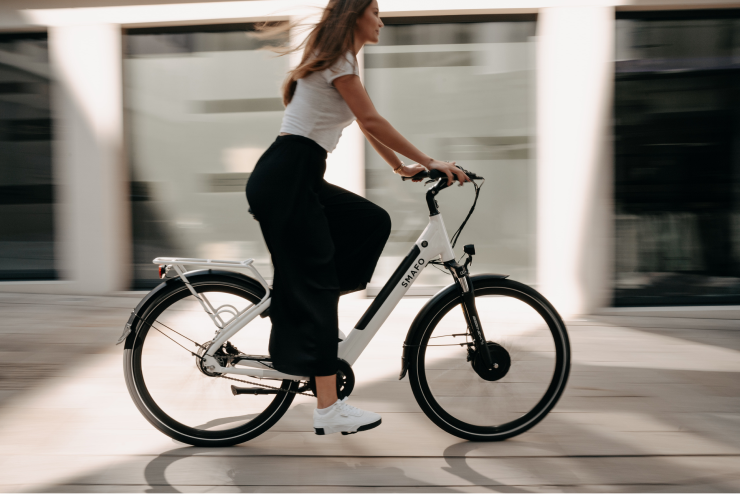
And speaking of innovation, Garneau is heavily investing in e-bike technology. What advantages do you see e-bikes having for riders?
130 million e-bikes are expected to be sold between 2020 and 2023: we’re excited to be ahead of this curve! The number of e-bikes on the roads will easily outpace other e-vehicles by the end of next year. This means big things for the cycling industry and for our customers.
Right now we have a lot of customers around 50-80 years old who decided to stop cycling or sports because that was too difficult. Some things naturally get harder as you age, but you shouldn’t have to give up on your passions. We want to be championing e-bikes as a solution for our customers.
There are also parts of the market that we’ve already cornered and want to do more for. The Japanese, in particular, love our cyclewear, and they love e-bikes. And we know we can do so much more to tailor our kit to the needs of e-bike riders, so the next 10 years will be very interesting for our company and the industry as a whole.
E-bikes also seem to marry well with your sustainability focus. You were on the board of directors for Cascades, whose mission is to contribute to the wellbeing of people, communities and the planet. How are you driving that conversation through Garneau?
Unfortunately, after 25 years you need to retire from being on the board so new people can come in with fresh visions, but I learnt so much during my time in Cascades and used these insights to make Garneau even better.
So right now we’re looking at how to use more recycled fabrics in our garments. We’re also using less packaging, and investing in electric bikes to encourage people to live fitter, healthier lives and use cars less. So many businesses have a marketing focus on the sustainability conversation but it’s a very organic one for us. Being outdoors and cycling are the true passions of the company.